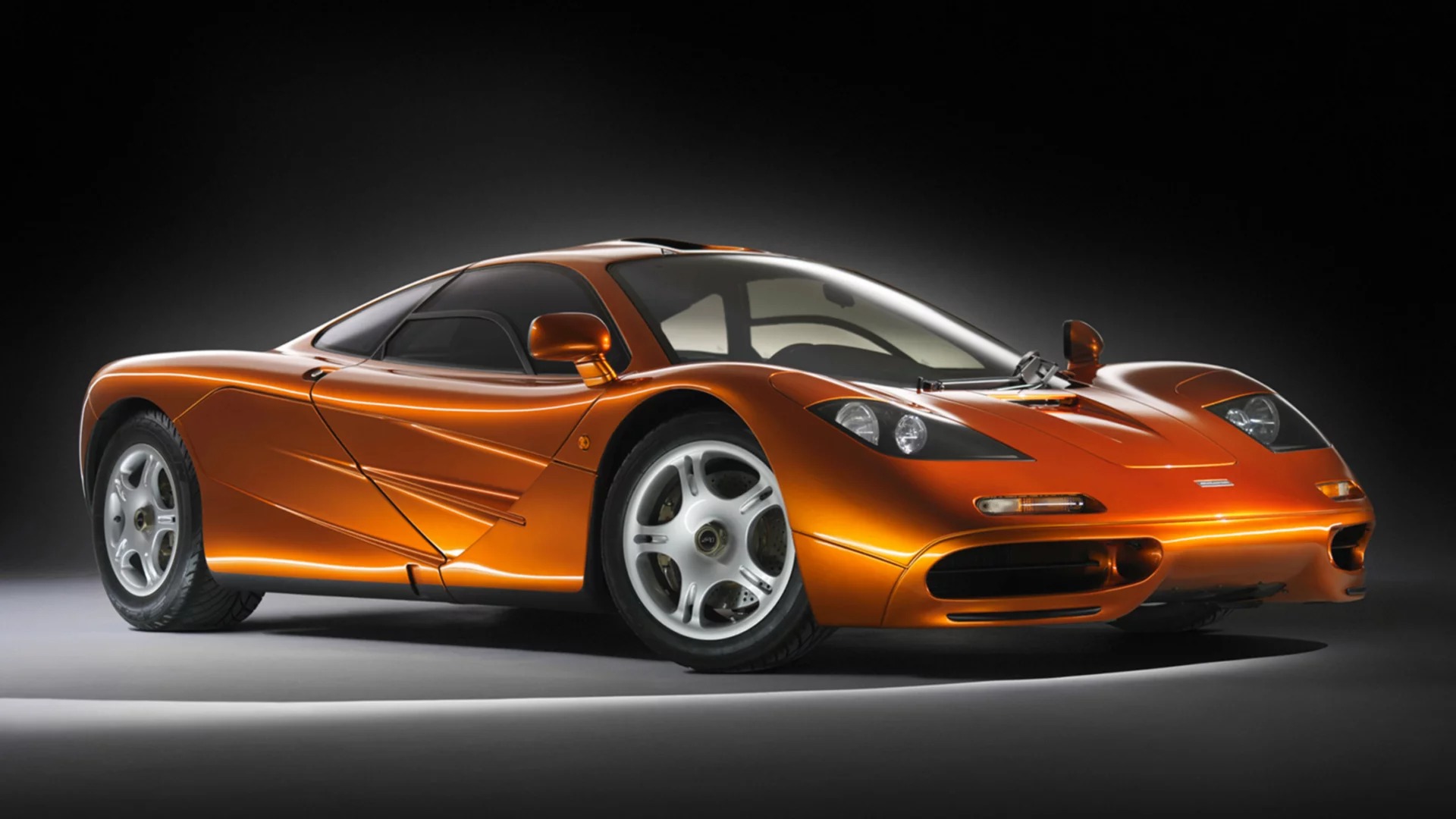15 influential art and design movements you should know
Brush on up your knowledge of these major periods in art and design history.
11. The International Typographic Style
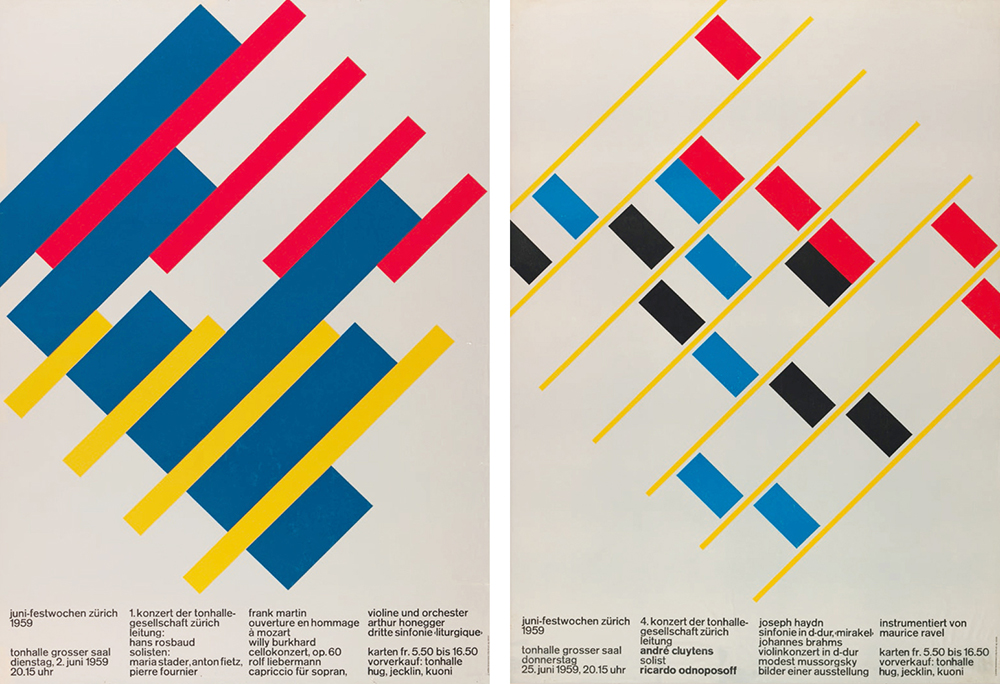
Although Modernism in its broadest sense encapsulates many of the avant-garde movements on this list that broke the boundaries of traditional artistic expression, the peak of Modernist art and literature occurred in the years between the First and Second World Wars.
Following World War II (1945), graphic designers in Switzerland and Germany developed a cohesive, unified Modernist movement that became known as Swiss Design, or the International Typographic Style. Building on the rational approach of the Bauhaus, this movement – still embraced by many graphic designers – is all about functionality and universality.
Logical, modular grid systems provided a structured framework to align different elements, something now considered essential for most forms of graphic design. The unbiased, graphic accuracy of photography was preferred over more expressive illustration, alongside neutral sans-serif typefaces such as Helvetica.
One leading figure was Josef Müller-Brockmann, whose designs for posters, publications and advertisements helped define the Swiss Design aesthetic – particularly through his long series of Zürich concert posters, which combined geometric forms, bold colours and clean, sans-serif type.
As the 20th century progressed, many multinational corporations adopted the clean uniformity of the International Typographic Style to create brand guidelines for trademarks, colours and typefaces, and help ensure consistent application across all media.
12. Pop Art

Primarily a British and American cultural phenomenon that gained traction in the late 1950s and 1960s, Pop Art was so named by art critic Lawrence Alloway because of the way it glorified popular culture and elevated commonplace, often unremarkable objects to iconic status – such as soup cans, road signs and hamburgers.
Sources of inspiration ranged from television to comic books to advertising, rejecting the pretensions of 'high art' as well as the expressive, subjective nature of Abstract Expressionism in favour of bold, graphic printmaking.
Although many contemporary art critics derided Pop Art as vulgar and sensationalist, its inclusive, accessible and democratic nature was praised by others – and it also drew a certain amount of influence from the 1920s Dada movement that ridiculed European high art in the wake of the First World War.
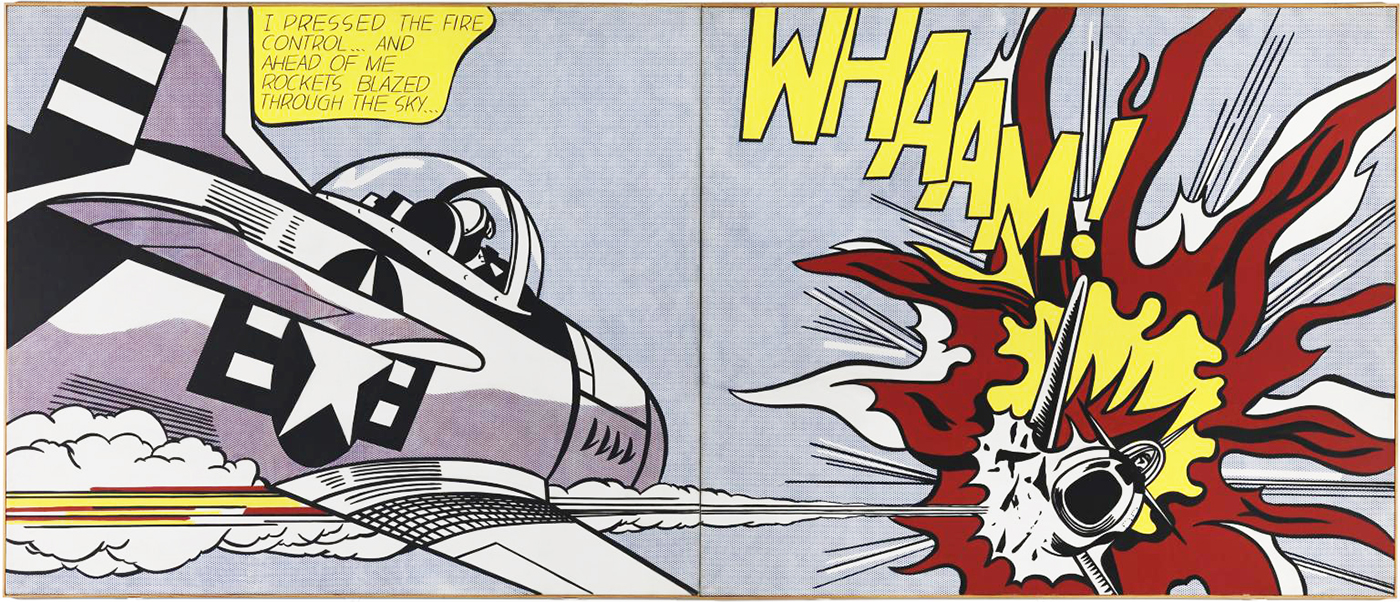
Roy Lichtenstein's print reproductions of comic book scenes were a particularly striking example of the Pop Art aesthetic, as were Andy Warhol’s repeated silk-screen prints of everything from soap cartons to celebrities.
These American artists' work was stark and graphic, compared to their British Pop Art counterparts such as David Hockney and Peter Blake, who took a more subjective, almost romanticised view of pop culture from across the pond.
13. Minimalism
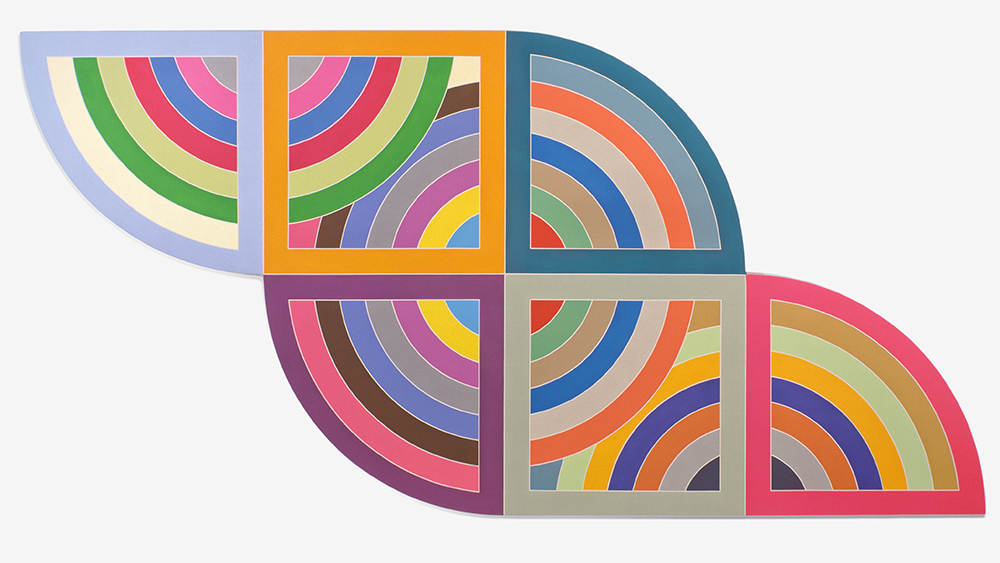
Characterised by extreme simplicity of form and a very literal, objective approach, Minimalism originated in New York in the late 1960s, driven by dissatisfaction with the spontaneous, messy subjectivity of Action Painting in Abstract Expressionism.
For the Minimalists, this style was too insubstantial and personal – they believed art should be clean and self-contained, without external references. Hard edges, simple forms and clean lines dominated in primarily two-dimensional graphic artworks.
Abstract Expressionism still had its share of influence on the movement, but primarily the calmer, more organised colour-field works of painters such as Mark Rothko, Barnett Newman and Ad Reinhardt.
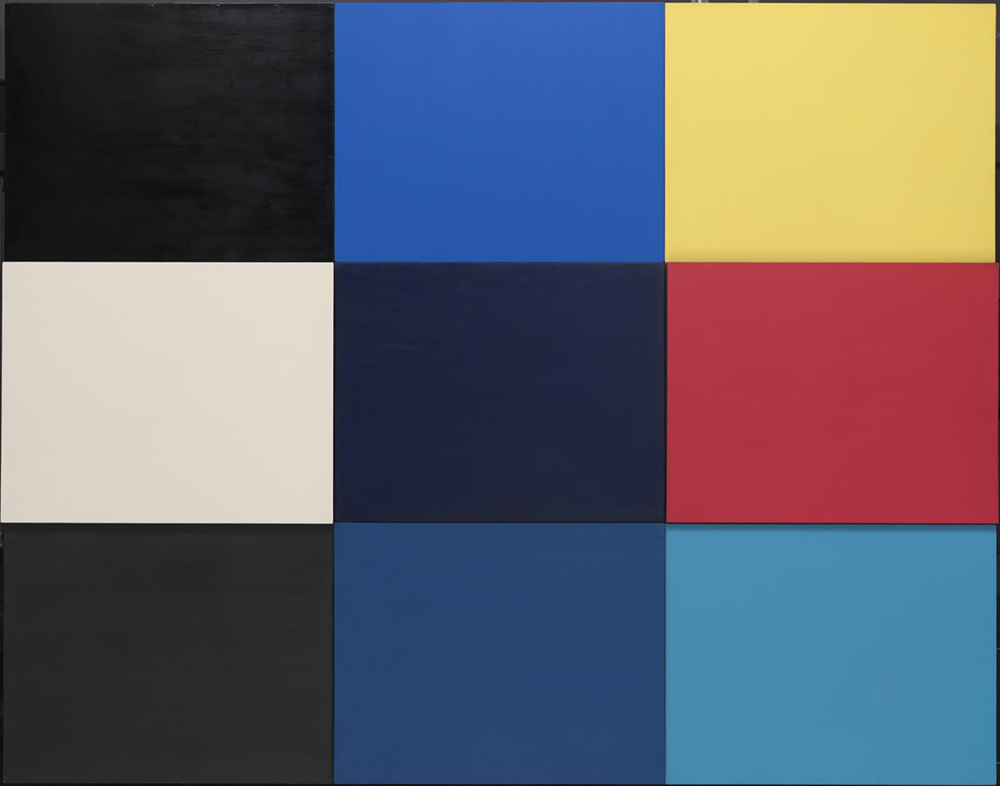
Ultimately, Minimalism was about exploring the essential elements of an art form, stripping away extraneous detail and emotional expression in favour of objective, purely visual elements that were open to interpretation.
In its broadest sense, Minimalism has enjoyed a significant resurgence in fields such as branding, UI design and packaging – due in no small part to influential global companies such as Apple and Google prioritising a clean, pared-back aesthetic above ornament and decoration.
14. Postmodernism
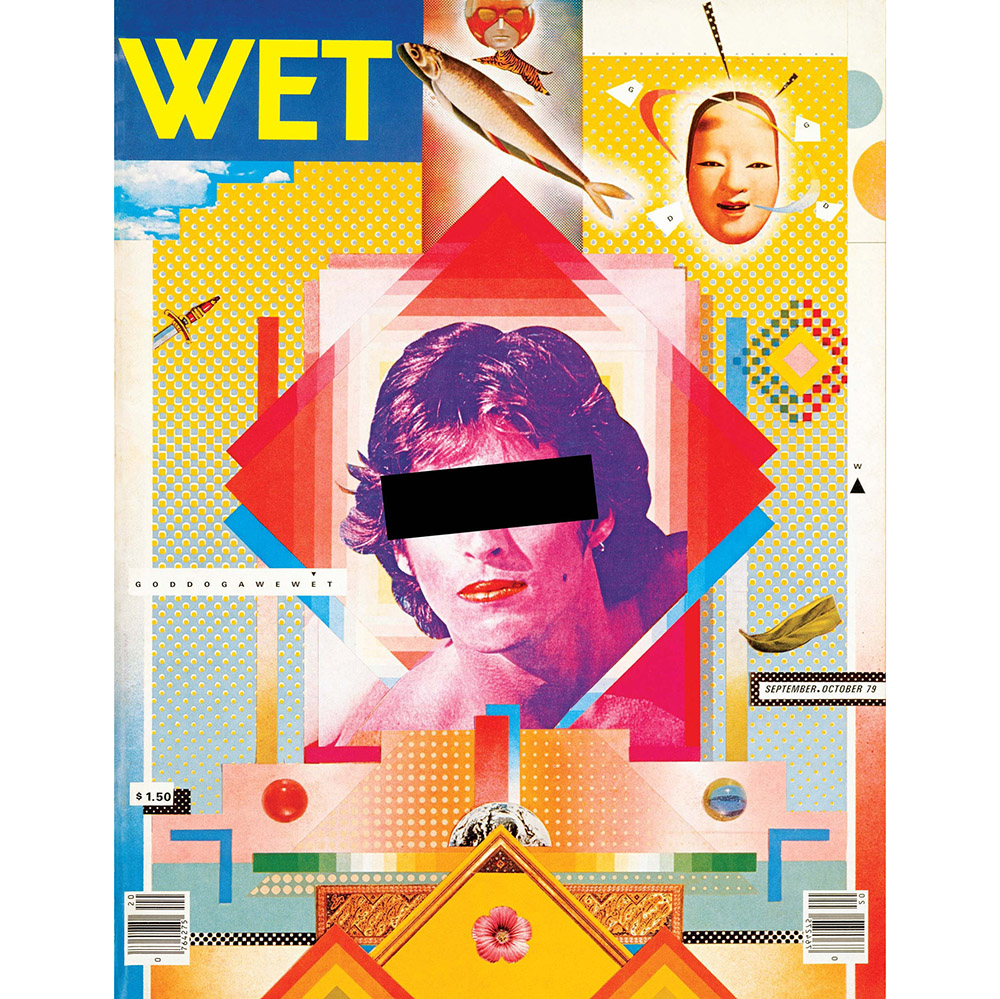
Modernism celebrated social progress, and the idealistic pursuit of utopia. Whether religious or scientific, it was about how universal principles could make sense of the world, and Modernist artists put more emphasis on form, technique and process than on the subjects of their work.
Postmodernism was a reaction against this attitude. In place of idealism and reason was scepticism, suspicion and a denial of the existence of universal truths that can describe the world around us. Postmodernist artists advocated complex individual experience and interpretation over the simple clarity of abstract principles, and the resulting aesthetic was multi-layered and often contradictory.
By the late 1970s, many designers working in the Modernist tradition felt it had lost its innovative spirit, and that it had become stale and academic. Questioning the rigid 'form follows function' philosophy of the International Typographic Style, they were inspired to rip up the rule book and break grids, challenge expectations and introduce decorative, subversive, and at times eccentric design elements.
April Greiman was a particularly acclaimed Postmodernist designer, often collaborating with photographer Jayme Odgers on colourful montages and innovative typographical experiments. Their WET magazine cover, for instance, collages colour photocopies with textured papers and airbrushed colour.
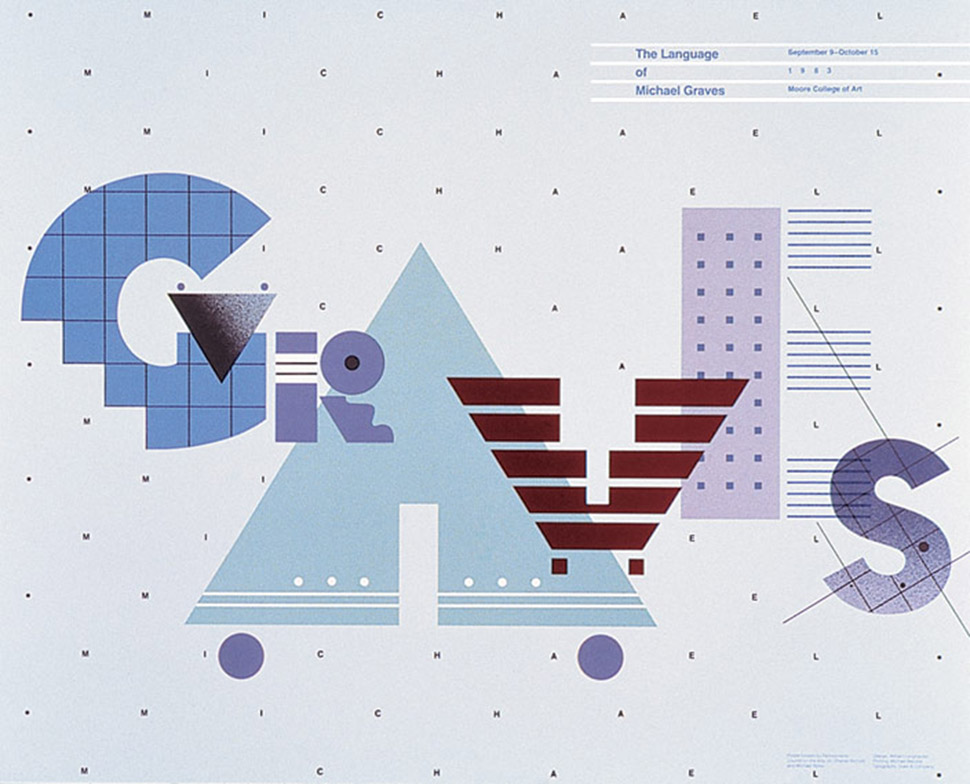
Another leading exponent of the style was William Longhauser, who worked with dynamic, geometric patterns to create stylised typographic arrangements. In one particular poster from 1983, he built the last name of Postmodernist architect Michael Graves out of geometric forms that allude to the shapes, patterns and textures found in Graves' buildings.
Since the late 1990s, Postmodernism has fallen out of fashion to some extent, although a subversive 'anti design' aesthetic does enjoy popularity in some areas, such as music and indie publishing. However, despite various attempts to define the period since – including post-postmodernism, trans-postmodernism, post-millennialism, pseudo-modernism and metamodernism – none have gained mainstream traction.
15. Memphis

Drawing on many of the tenets of Postmodernism, the Memphis design aesthetic challenged the neutral, understated, functional Modernism that preceded it. With its roots in furniture design, the Memphis Group collective was founded by Italian designer Ettore Sottsass in the 1980s, and existed for just six years.
Colourful, garish furniture was at the heart of the movement, but the aesthetic went on to influence fashion, graphic design and more. Simple geometric shapes; flat colours combined in bold, contrasting palettes; stylised graphic patterns with black-and-white stripes and abstract squiggles – these are the ingredients of Memphis-inspired design, influenced by earlier movements such as Pop Art and Art Deco.
Many of the movements on this list enjoyed considerable longevity in their heyday, and influenced millions of creatives across many different disciplines. Many led to new movements, either complementary or contradictory, as new attitudes and approaches took hold.
Memphis is one of the most niche examples of all: a handful of Italian designers who created a series of bizarre, kitsch products 30 years ago are influencing a whole new generation of designers today.
Related articles:

Thank you for reading 5 articles this month* Join now for unlimited access
Enjoy your first month for just £1 / $1 / €1
*Read 5 free articles per month without a subscription

Join now for unlimited access
Try first month for just £1 / $1 / €1
Current page: Late 20th century art and design movements
Prev Page Mid 20th century art and design movementsGet the Creative Bloq Newsletter
Daily design news, reviews, how-tos and more, as picked by the editors.

Nick has worked with world-class agencies including Wolff Olins, Taxi Studio and Vault49 on brand storytelling, tone of voice and verbal strategy for global brands such as Virgin, TikTok, and Bite Back 2030. Nick launched the Brand Impact Awards in 2013 while editor of Computer Arts, and remains chair of judges. He's written for Creative Bloq on design and branding matters since the site's launch.
